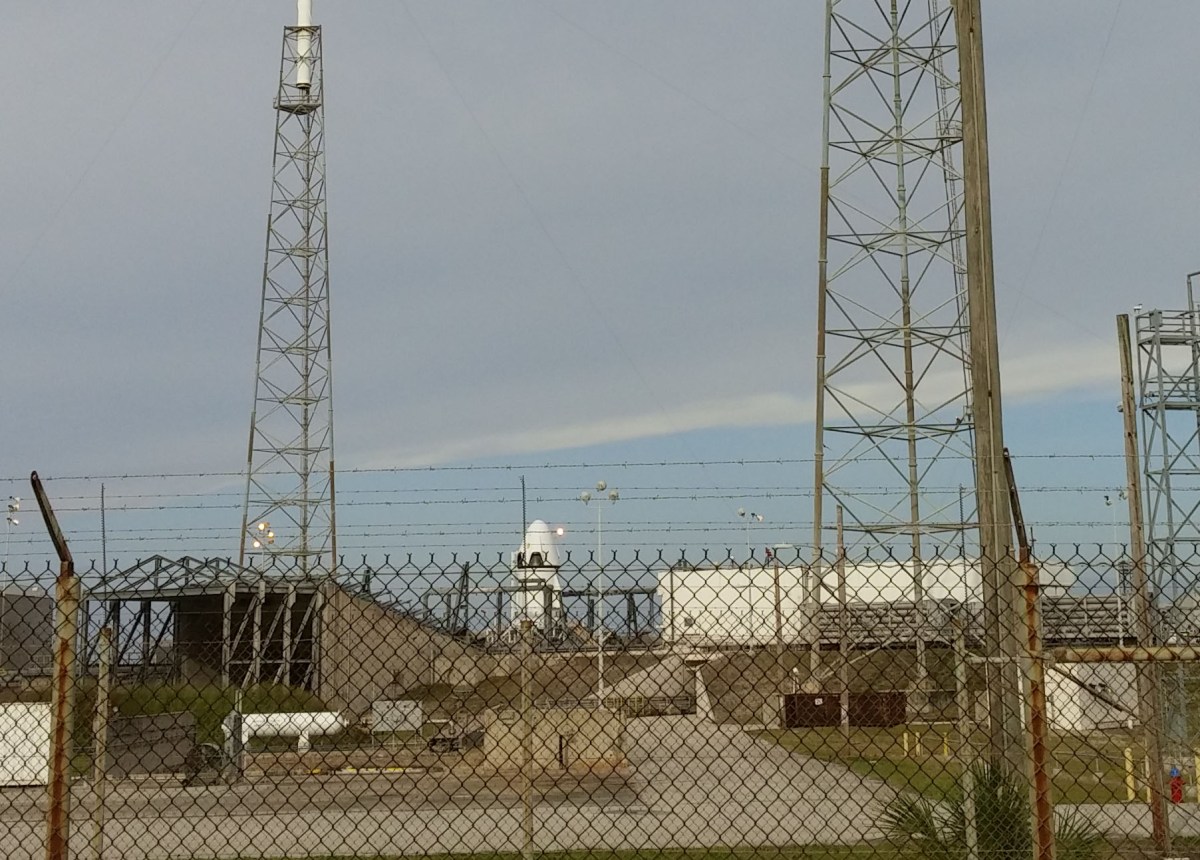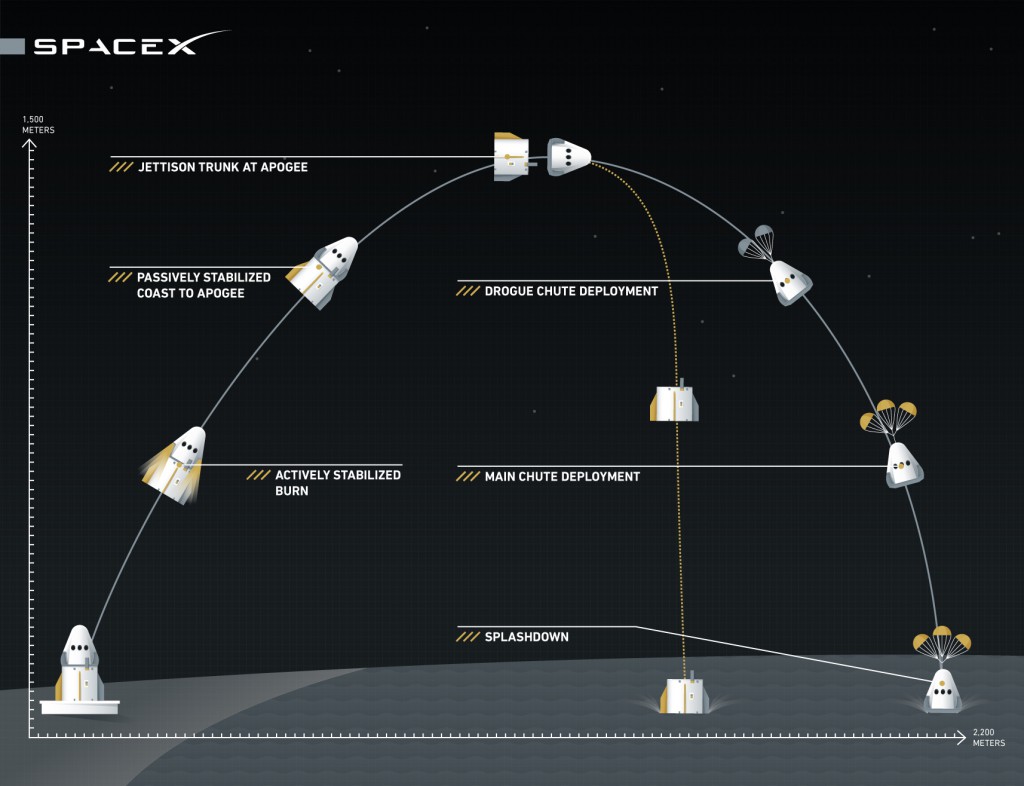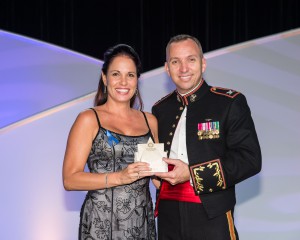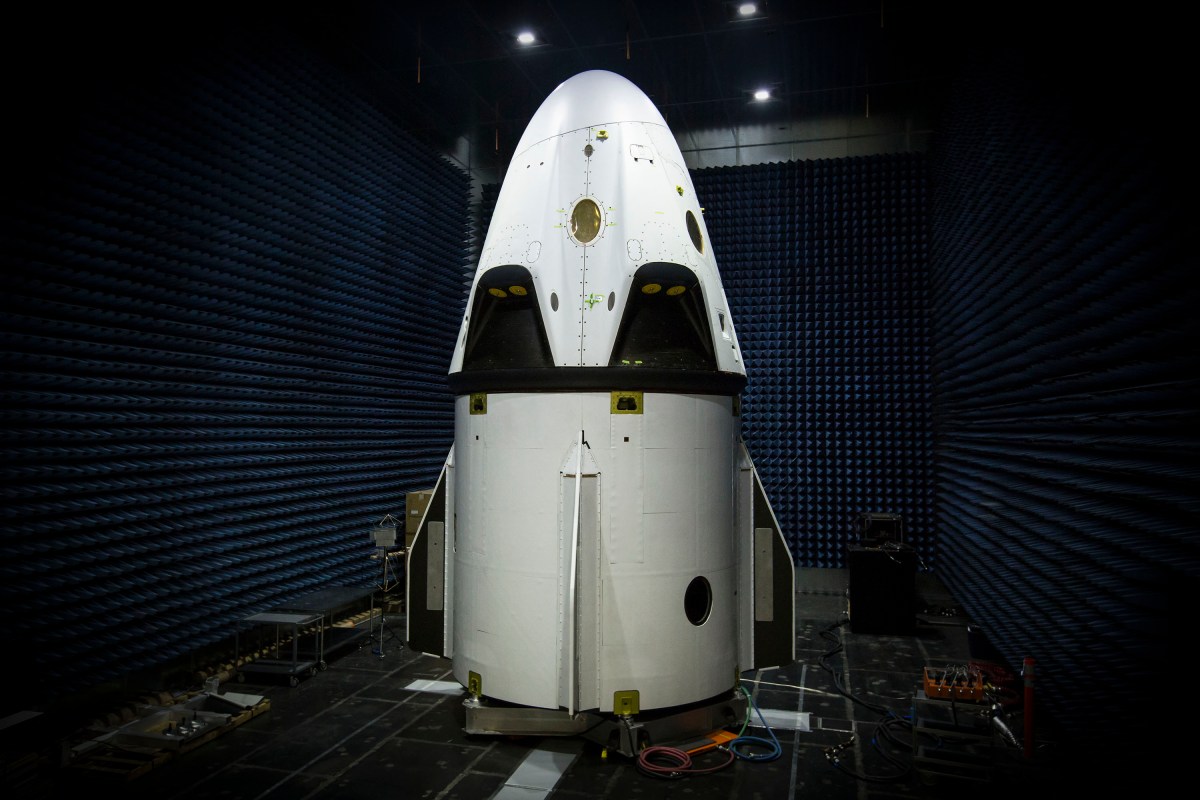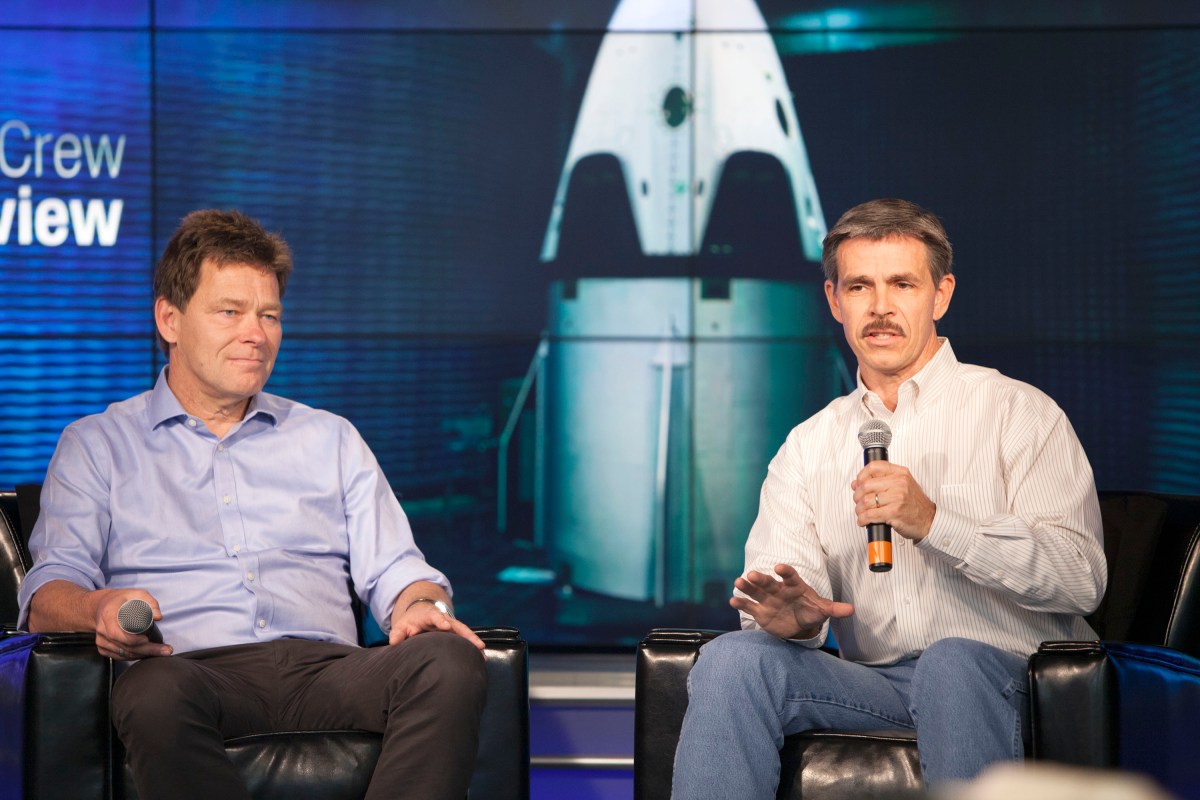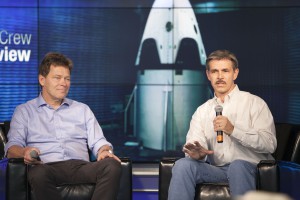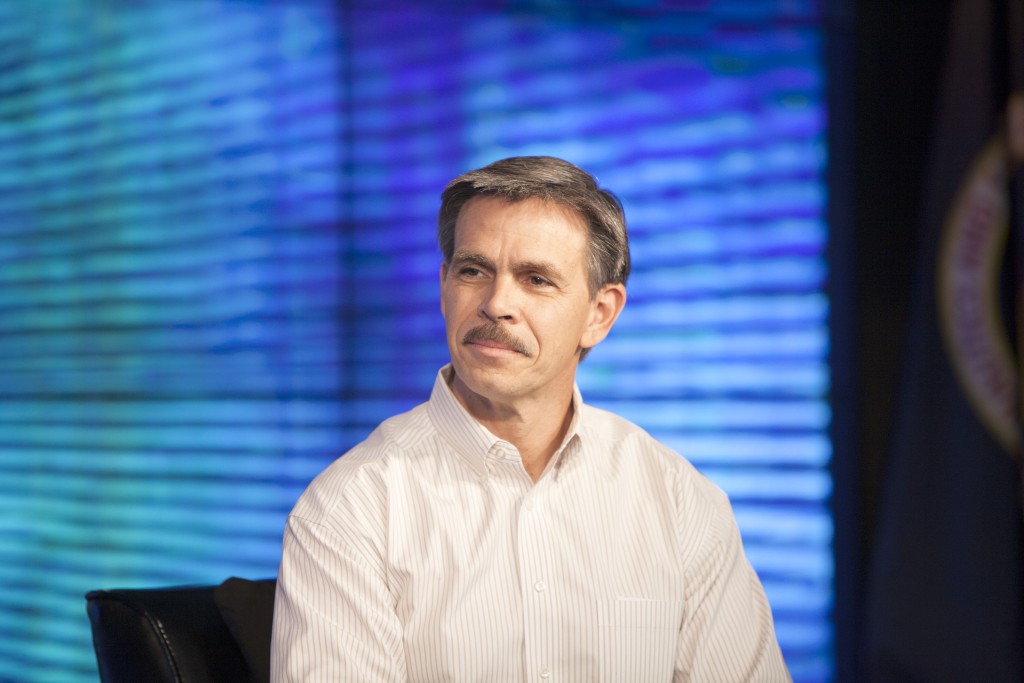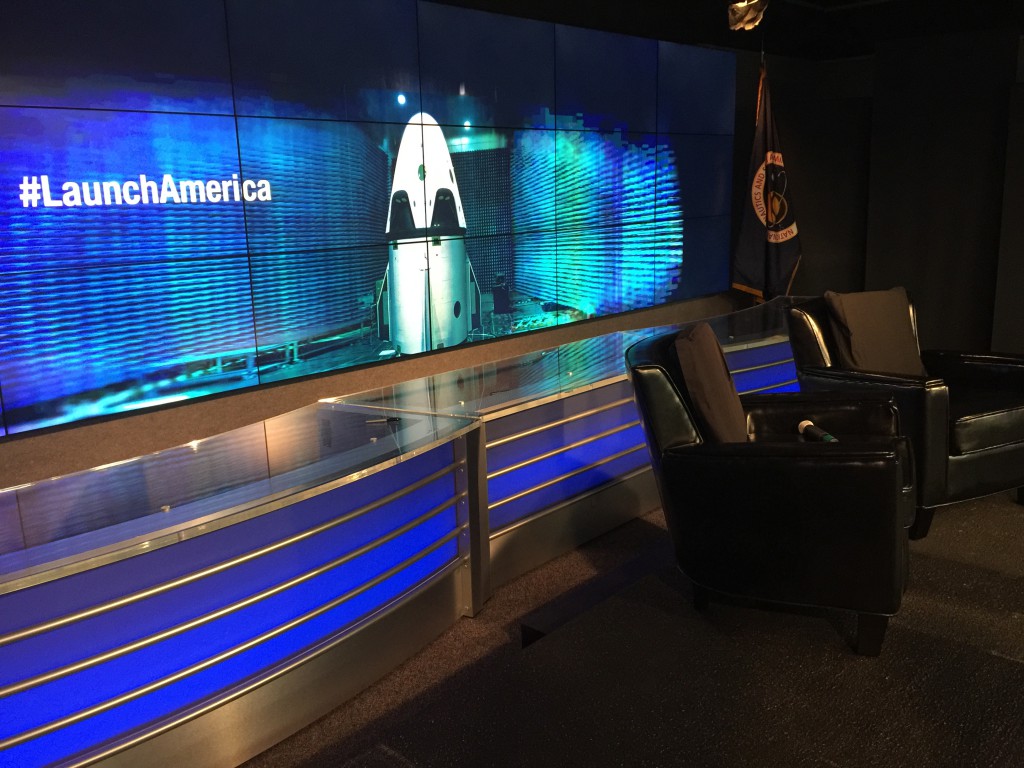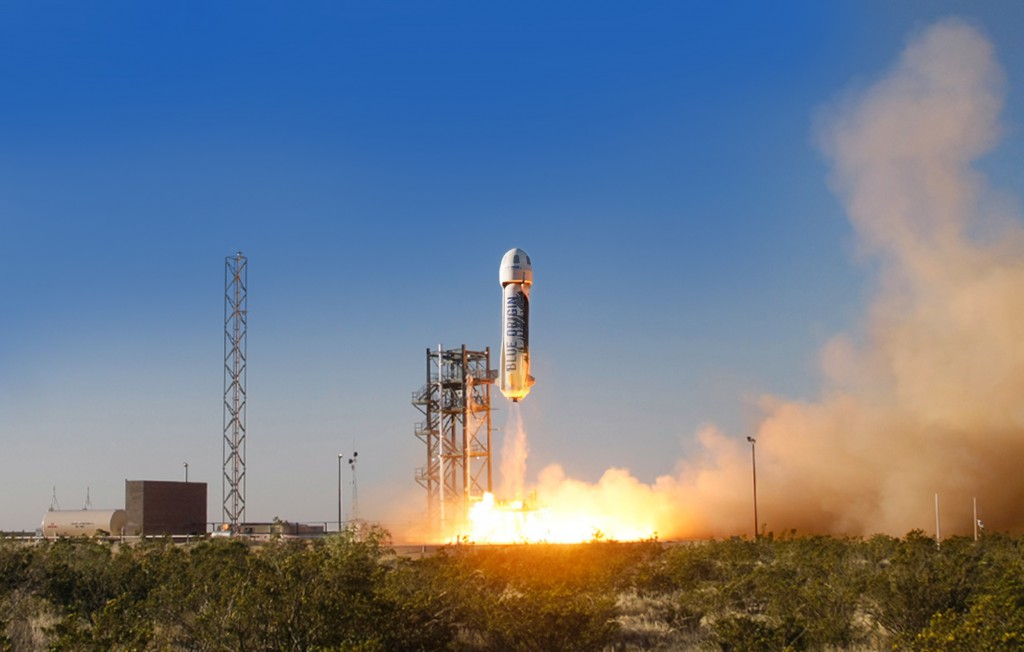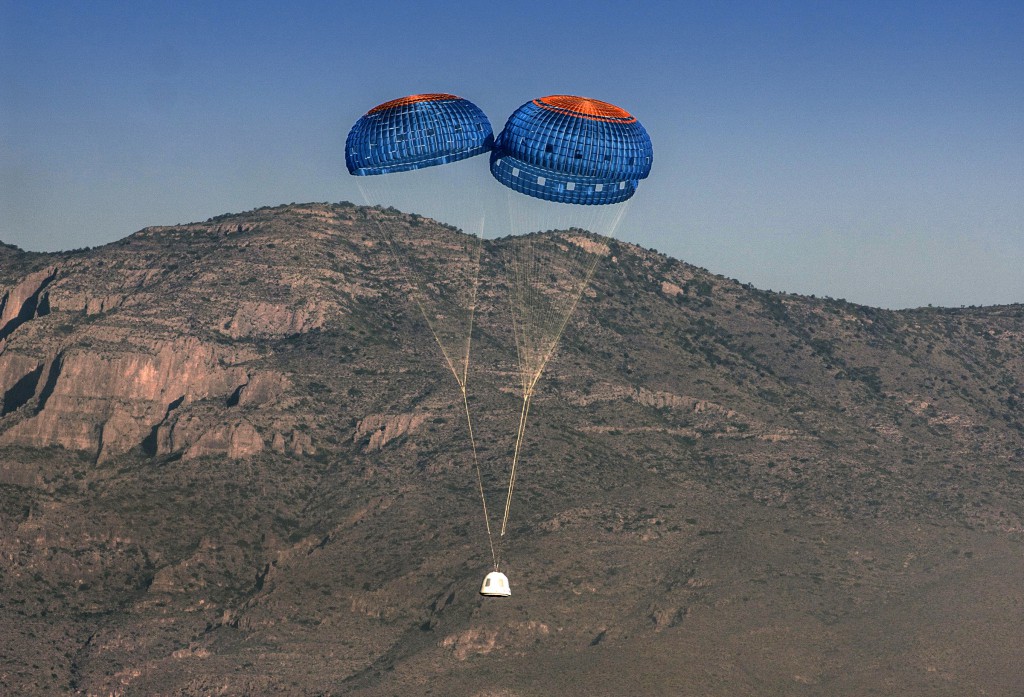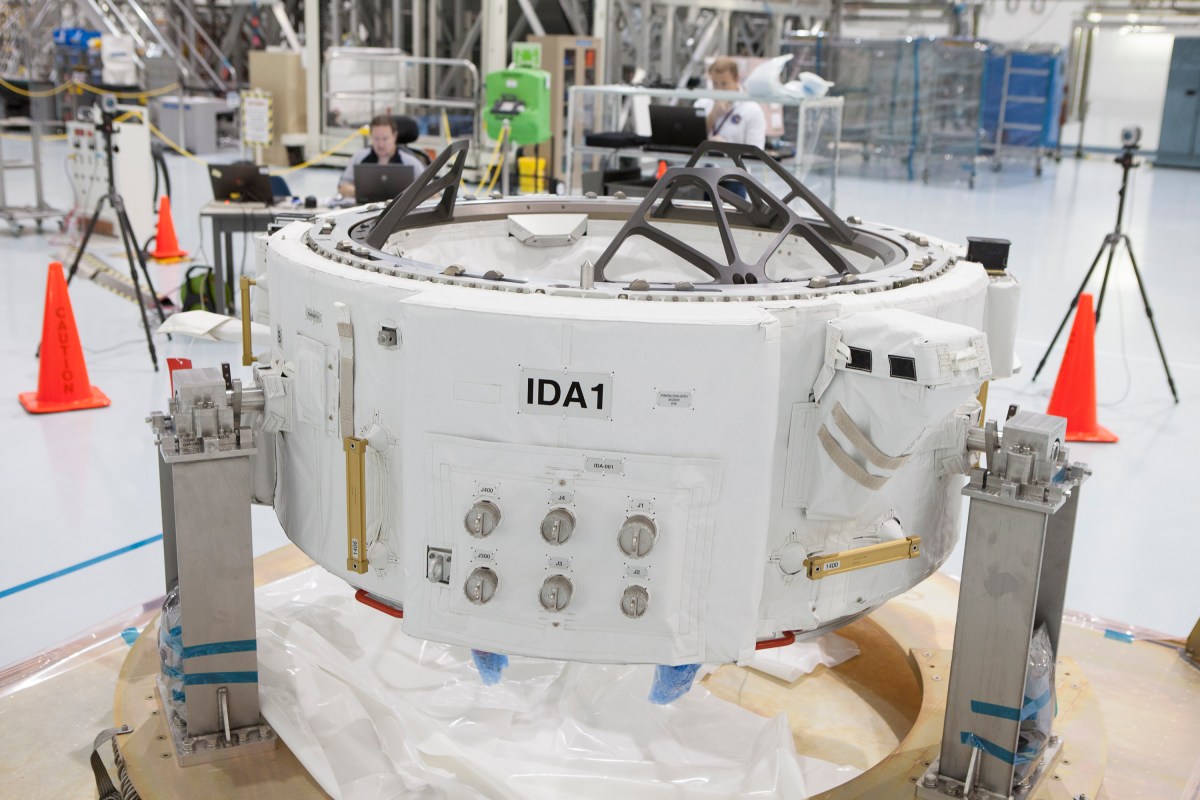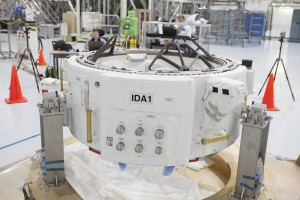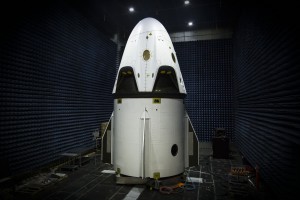 SpaceX now is targeting Wednesday, May 6, for a pad abort test of its Crew Dragon, a spacecraft under final development and certification through NASA’s Commercial Crew Program (CCP). The test window will open at 7 a.m. EDT.
SpaceX now is targeting Wednesday, May 6, for a pad abort test of its Crew Dragon, a spacecraft under final development and certification through NASA’s Commercial Crew Program (CCP). The test window will open at 7 a.m. EDT.
NASA Television will provide live coverage of the test, which will simulate an emergency abort from a test stand on Space Launch Complex 40 at Cape Canaveral Air Force Station (CCAFS) in Florida.
The media briefing previewing the test will take place at 10 a.m., Friday, May 1 in the Press Site TV auditorium at Kennedy Space Center in Florida. This briefing will air live on NASA TV.
Briefing participants are:
- Jon Cowart, NASA’s CCP partner manager
- Hans Koenigsmann, vice president of Mission Assurance at SpaceX
The ability to abort from a launch or pad emergency, and safely carry crew members out of harm’s way, is a critical element for NASA’s next generation of crewed spacecraft. SpaceX will perform the test under its Commercial Crew Integrated Capability (CCiCap) agreement with NASA, but can use the data gathered during the development flight as it continues on the path to certification.
Under a separate Commercial Crew Transportation Capability (CCtCap) contract, NASA’s CCP will certify SpaceX’s Crew Dragon, Falcon 9 rocket and ground and mission operations systems to fly crews to and from the International Space Station.
Accreditation for the test and briefing already has closed to international media. U.S. media without permanent Kennedy credentials must apply by 5 p.m. today for the briefing and by 5 p.m. Monday, May 4 for test viewing. Apply online at:
https://media.ksc.nasa.gov
Green card holders must submit a scanned copy of their cards to jennifer.p.horner@nasa.gov for processing no later than noon Monday, May 4. Questions about accreditation also may be addressed to Jennifer Horner by email or at 321-867-6598.
Badges for the briefing will be available for pickup Friday, May 1 at the Kennedy Badging Office on State Road 405, east of the Kennedy Space Center Visitor Complex. Kennedy Badging Office hours are 6 a.m. to 3 p.m. Badges for the abort test will be available Tuesday, May 5, beginning at 8 a.m., and Wednesday, May 6, beginning at 4 a.m. at the Press Accreditation Office on State Road 3 in Merritt Island. Two forms of unexpired, government-issued identification are required to receive a badge. One must be a photo ID, such as a driver’s license or passport.
On test day, media should plan to arrive at the press site by 5:15 a.m. for transportation to the viewing location at CCAFS. Long pants and closed-toe shoes are highly recommended.
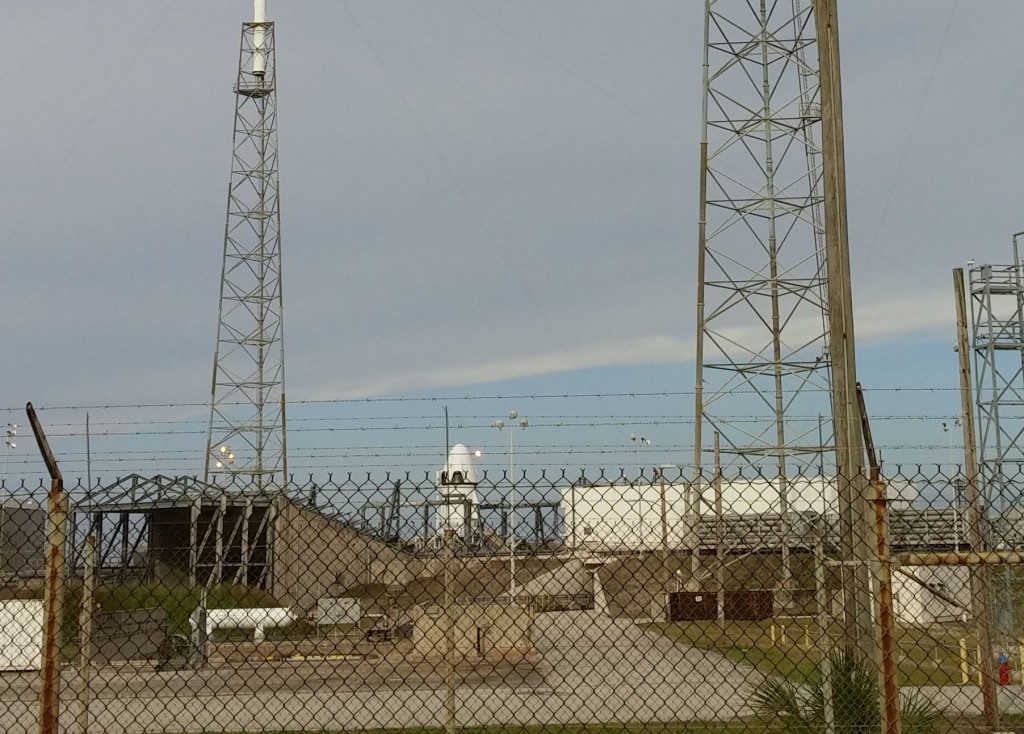 One day prior to the SpaceX Pad Abort Test, forecasters from the U.S. Air Force 45th Weather Squadron continue to predict a 70 percent chance of favorable weather. The test is scheduled for Wednesday, May 6, at Space Launch Complex 40 on Cape Canaveral Air Force Station in Florida.
One day prior to the SpaceX Pad Abort Test, forecasters from the U.S. Air Force 45th Weather Squadron continue to predict a 70 percent chance of favorable weather. The test is scheduled for Wednesday, May 6, at Space Launch Complex 40 on Cape Canaveral Air Force Station in Florida.
